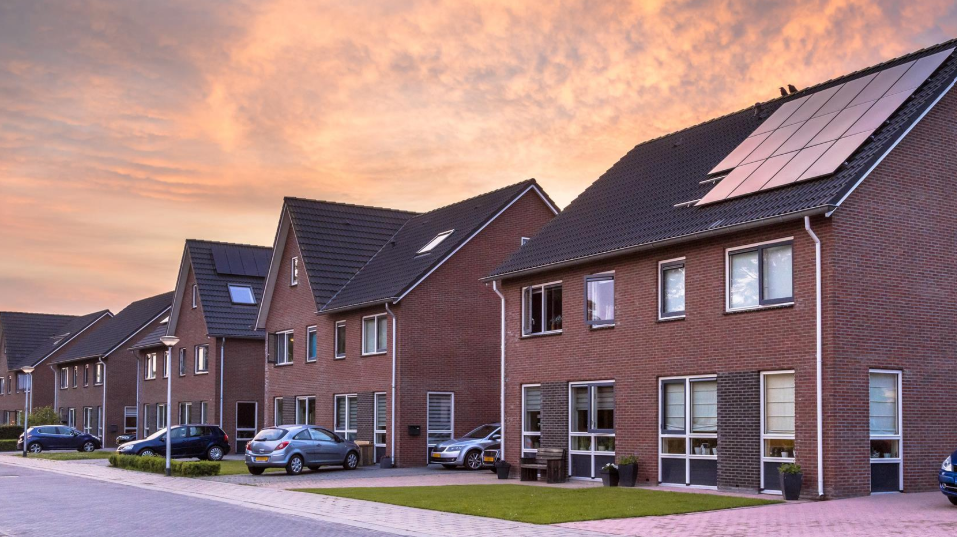The standard will be applied in full to all publicly funded affordable housing schemes submitted to Welsh Government at “concept” stage, for technical scrutiny from 1 October 2021. It covers space standards, the ability for new housing to be “gigabit ready”, and reducing carbon use during build and when inhabited.
Under the new standard, new homes must meet the following:
- Achieving EPC A through the minimum fabric standard.
- Not using fossil fuel fired boilers to provide domestic hot water and space heating.
- Alternative proposals will be acceptable where it can be demonstrated by independent certification that the building’s energy demand is reduced in accordance with the Energy Hierarchy for Planning in Welsh Government’s Planning Policy Wales.
- An assessment of overheating risk based on the CIBSE TM59 methodology (for ‘Category 1 buildings’) which demonstrates compliance with the CIBSE TM59 compliance criteria, for both flats and houses which do not have two or more parallel aspects to facilitate cross-ventilation.
And consideration needs to be given to:
- Assessing and reducing upfront and embodied carbon during the design and construction phases, and when undertaking refurbishment.
- Evaluating the potential for reuse of existing buildings, specifying reused and recycled materials, and ensuring that buildings can be adapted, reused, or deconstructed and recovered materials re-used or recycled at the end of life.
- Maximising the efficient use of timber in construction to increase carbon storage in harvested wood products in Wales.
- Minimising operational carbon by reducing operational energy demand and where appropriate, using on site renewables.
- Ensuring there is sufficient provision for the collection of key recyclables and storage of food waste in homes.
- Undertaking as-built assessment of whole life carbon and post occupancy evaluation of the building’s performance in relation to the design intent.
- Once upfront, embodied and operational carbon are minimized, using robust offsetting schemes to move to net-zero whole life carbon.
It is important to note that new affordable homes delivered through planning agreements (under section 106 of the Town and Country Planning Act 1990) and planning conditions will only be required to meet the Appendix A and Appendix B “space requirements” for agreements entered into after 1 October 2021, although Welsh Government has stated that they will keep this under regular review. The standard is not currently applicable to private developers; but it is Welsh Government’s ambition that private developers adopt it by 2025.
This standard, although slightly limited in its full applicability at this stage, is a bold statement for Welsh Government to make in terms of setting the benchmark for the largescale decarbonisation of social housing stock in Wales. It is a statement of intent of the Government in attempting to tackle the climate emergency, and reducing the carbon footprint of housing, which currently accounts for 10% of all carbon emissions in Wales.
It will be interesting to see whether in due course whether the standard will become applicable to all types of developer; and whether criteria currently listed as “consideration” only will be moved into the compulsory category, as the Welsh market for modern methods of construction and timber production continues to mature.
Capital Law’s dedicated Construction Energy and Projects team, along with our housing association team are experienced in providing advice covering the areas touched upon in this article. If you have any queries or would like to discuss how this standard impacts upon your association’s planned delivery of housing stock, then please do get in touch at k.evans@capitallaw.co.uk.



